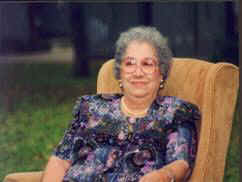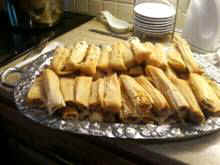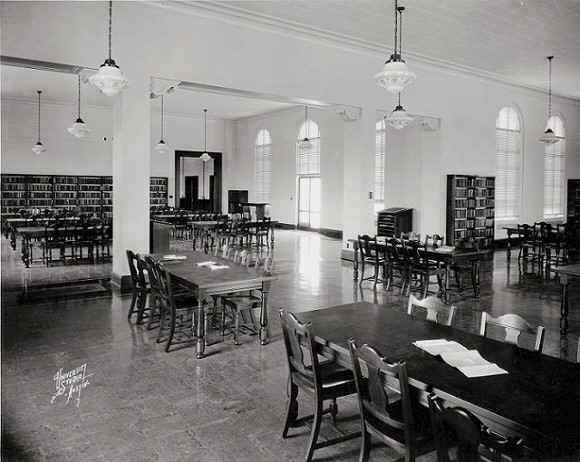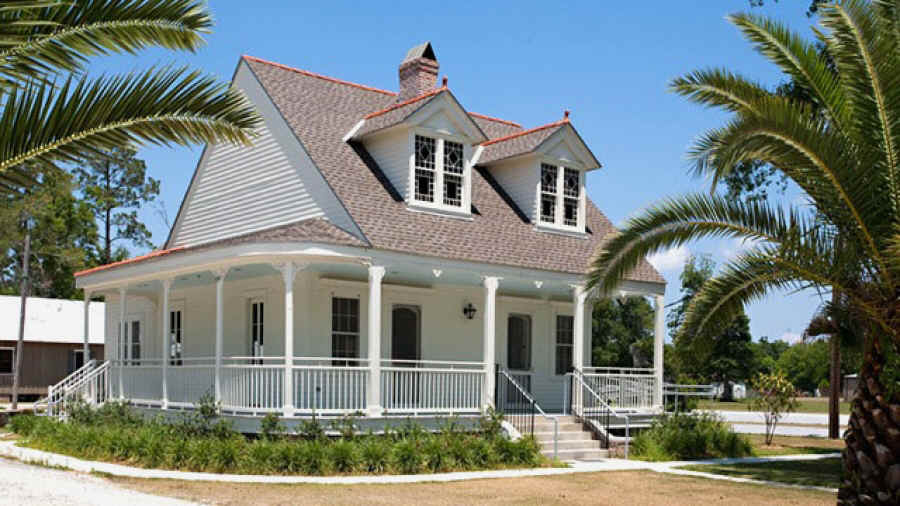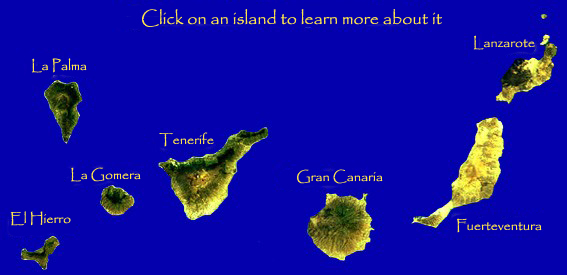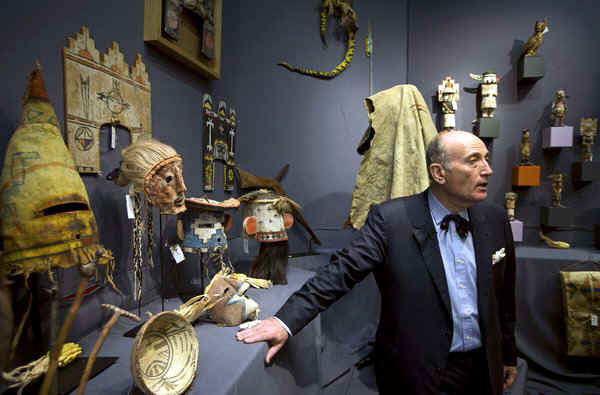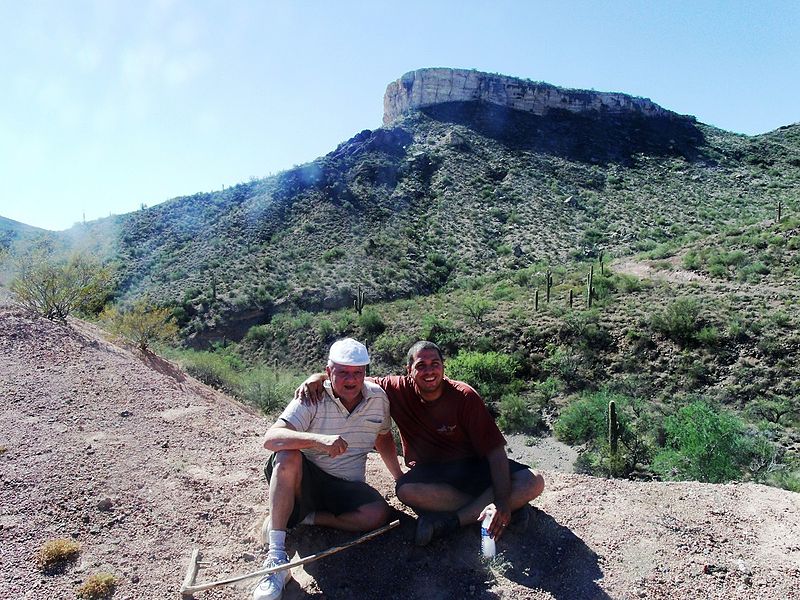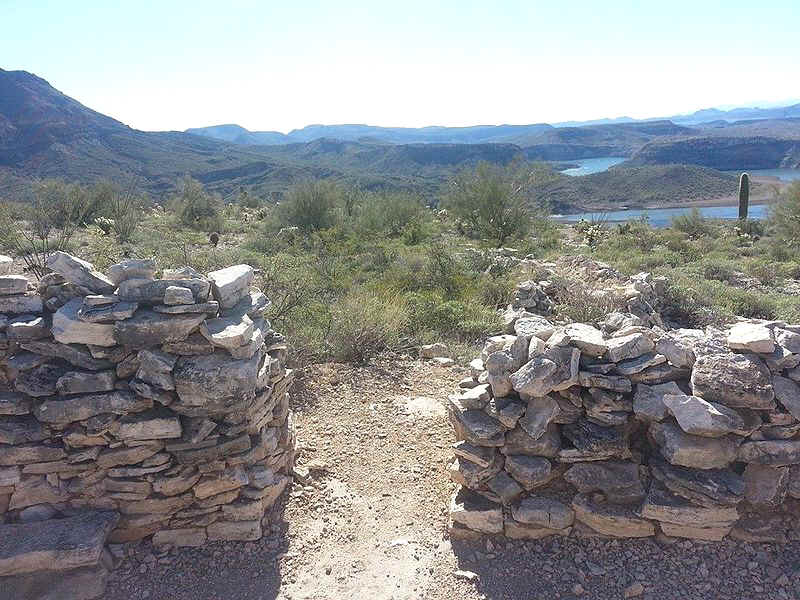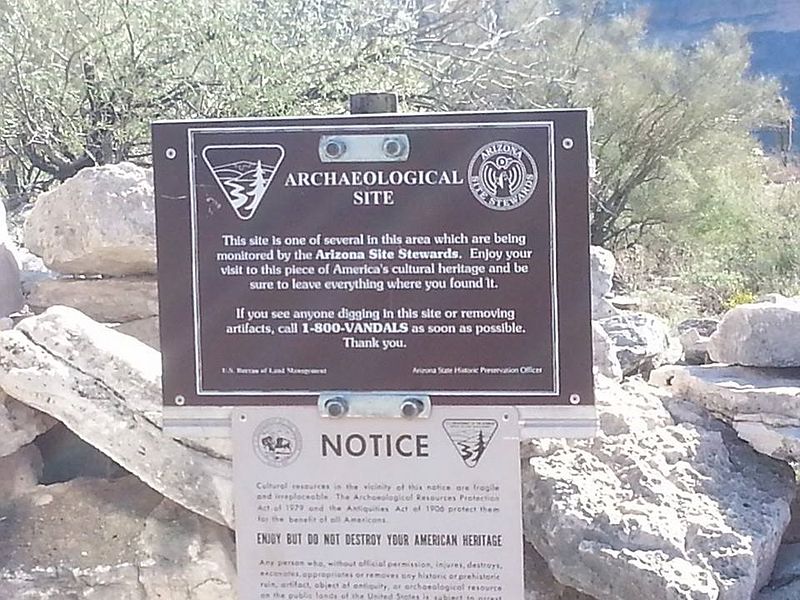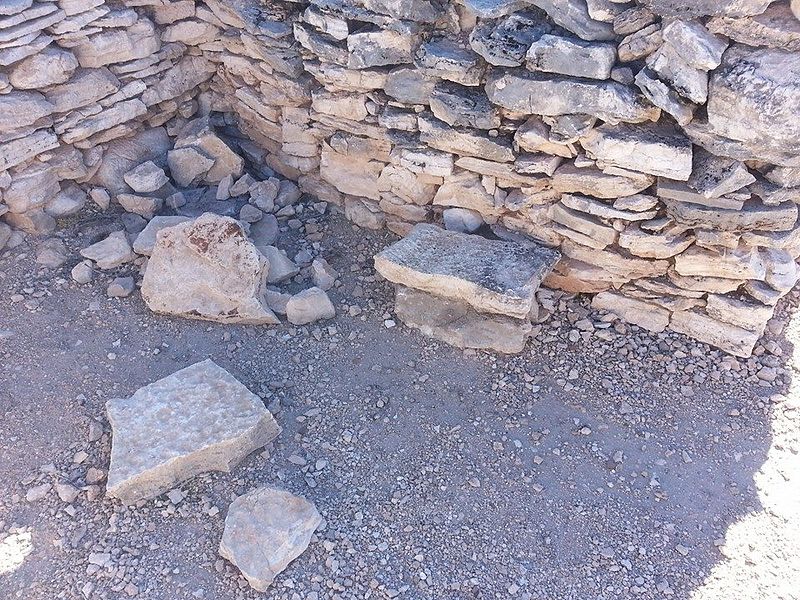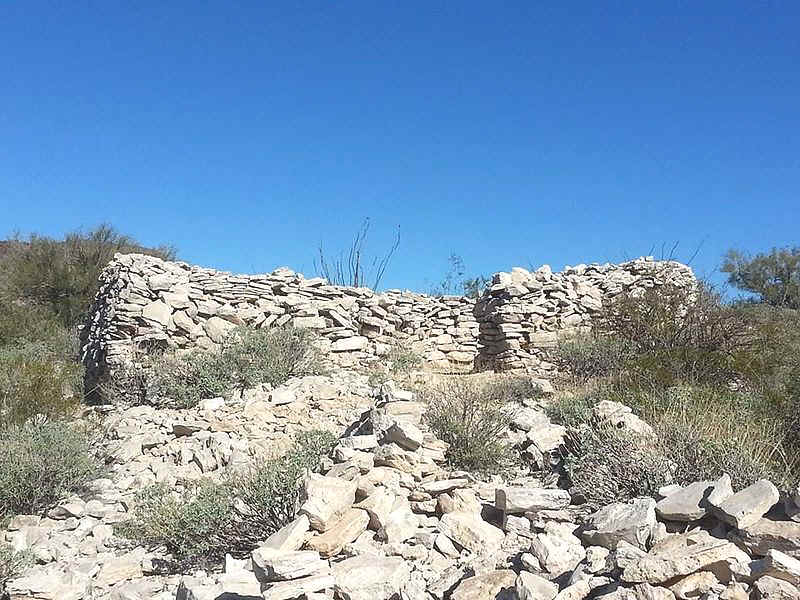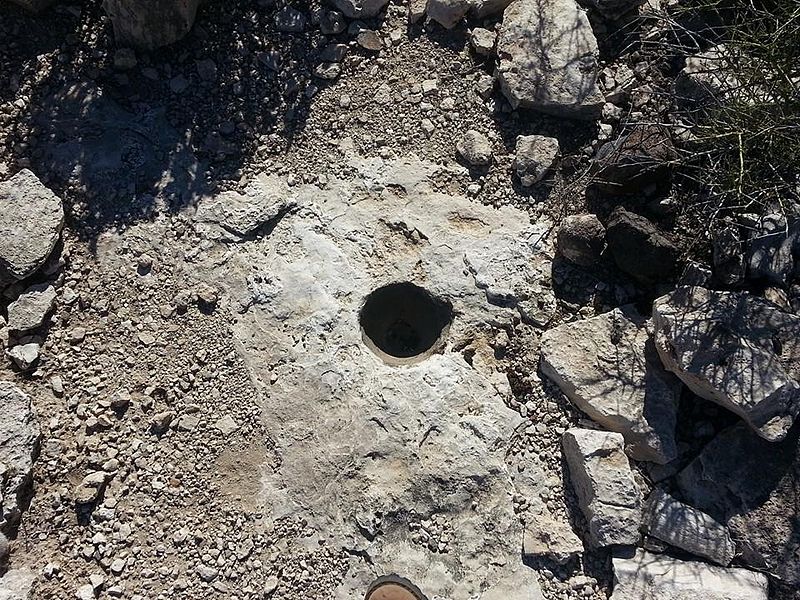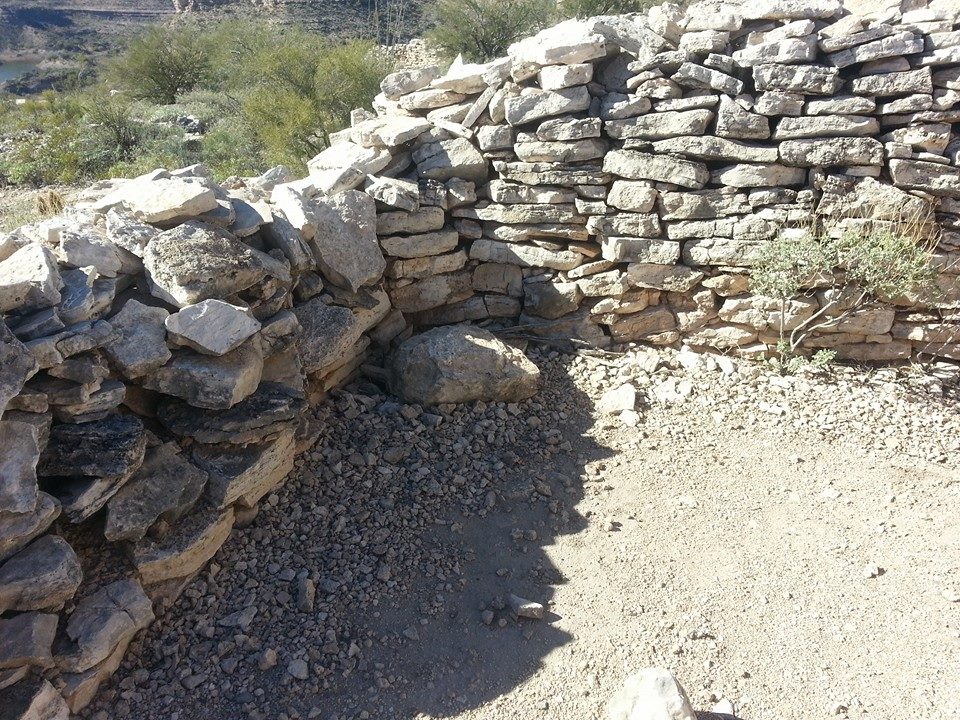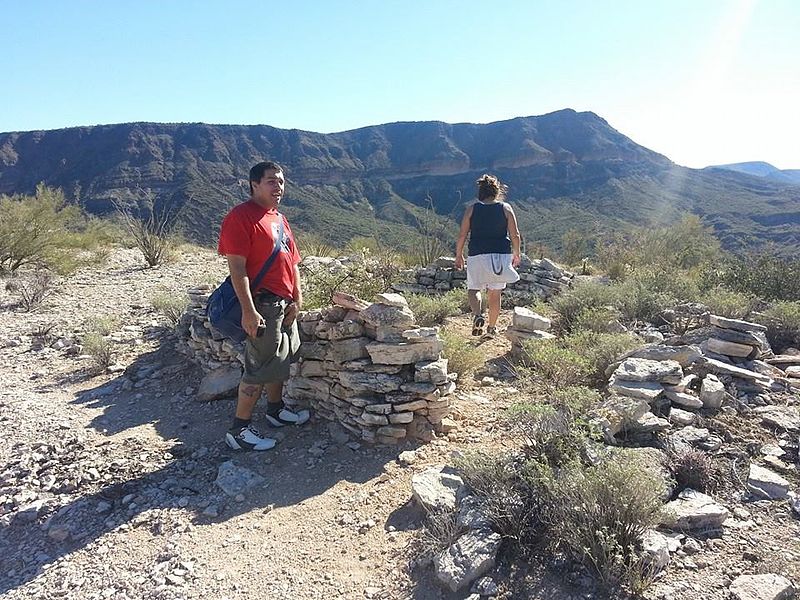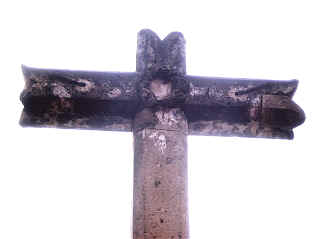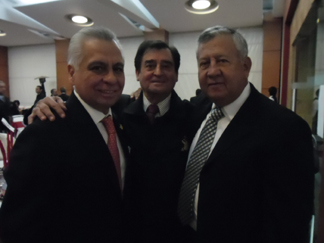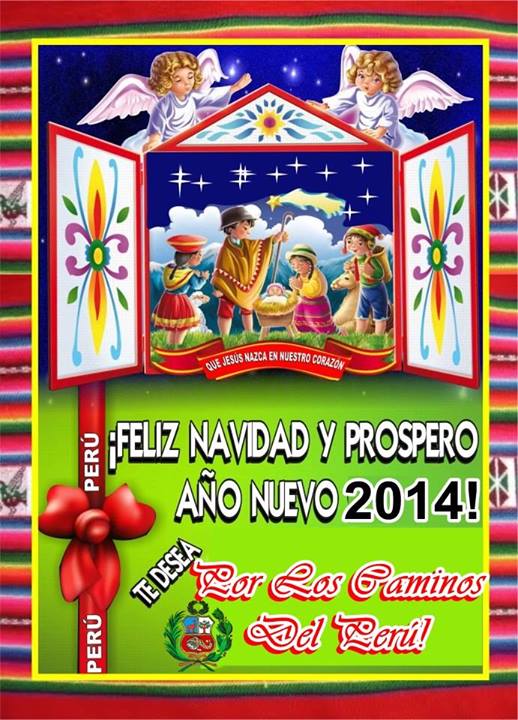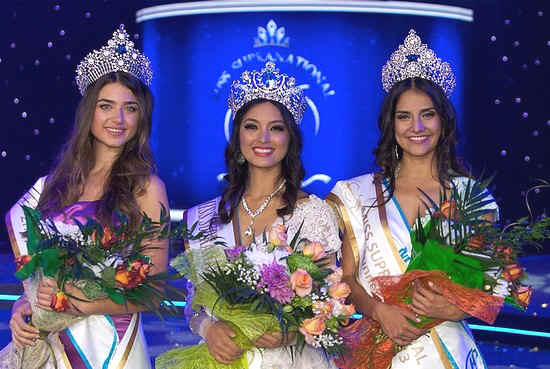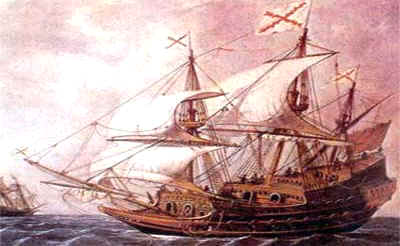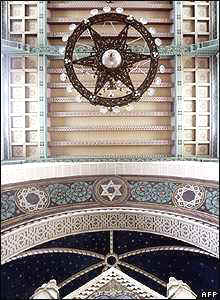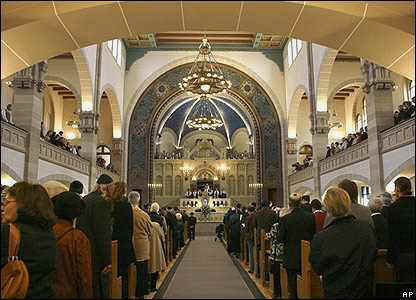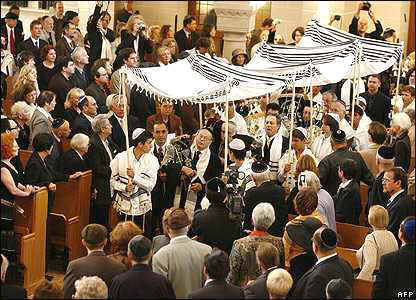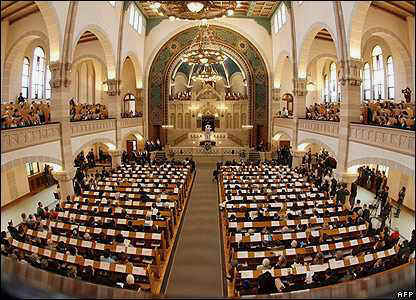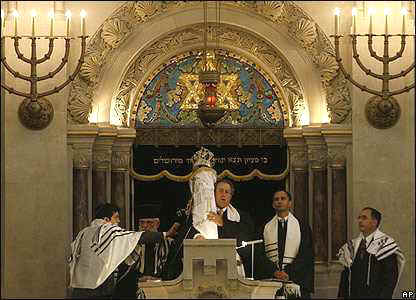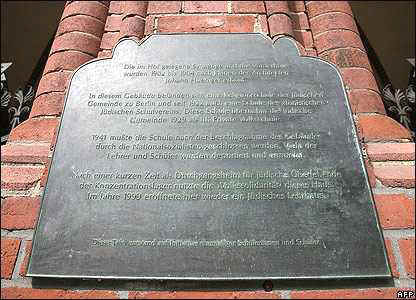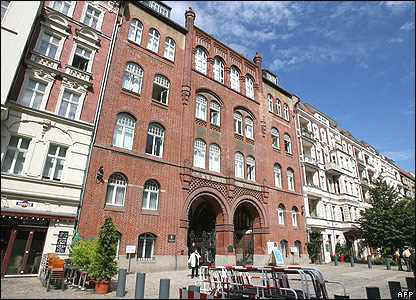|
The
surname 'Brito' is Portuguese, but since the Britos emigrated to other
countries, beginning in the late 1300's, finding one's roots can be a
challenge.
I
have not yet found the names of all the people who came to the Southern
part of the New World with Columbus on his three voyages of 1492, 1493,
and 1496. He landed on an island in the Caribbean Sea, which he named
Hispaniola. Returning on his second voyage, Columbus brought 1500
settlers; most of them left when the Spanish king in 1`606 ordered them
home or to the American
mainland for their safety.
This
island now has two countries: Haiti
and the Dominican Republic. Fernando
de Brito enters the Island records in 1509; the record of Felipa de
Britos begins in 1574.
Brito
people show up in the records of Mexico City in the late 1500's.In 1598,
Onate brought Cristobal Brito, a Spaniard, to what is now New Mexico.
[I've been told that there were no Britos with either Coronado or
Cortez. Cortez arrived in Columbus' second voyage and founded the
village of San Juan de Ulua, which later became known as Veracruz,
Mexico and was the only official Spanish port. Twenty years later,
Coronado led 1500 people 4000 miles from Mexico City to the heart of the
Great Plains of North America,including Spanish soldiers, Negros, 200
Native Mexican soldiers and servants--some of whom had fought with
Cortez against the Aztecs.]
Other exploration parties were led by Chamiscado and Rodriguez in
1581; Espejo in 1582; Sosa in 1590; Morlette in 1591; Bonilla and Humana
in 1595. Onate colonized New Mexico in 1598.
The Spanish Archives in Seville, Spain, will put the passenger
lists of the 1600's on CD-Rom soon; the 1500's are already available,
both in books and on microfilm. The
people who Onate and Vargas brought to the New Mexico frontier have been
recorded, and are available in books.
Records for emigrations between 1700 and 1900 are virtually non-existant:
The Spanish government did not keep track; instead, it was left
to the ship's captains to record their passengers.
Some ports, such as in the Canary Islands,do have some records in
their archives.
After 1900, of course, the USA began recording New York
immigrants at Ellis Island.
The Wikipedia article on Florida says that Don Tristan de Luna y
Arellano founded Pensacola in 1559 but it aborted in 1561 and was
reestablished in the late 1690's. St
Augustine was founded in 1565
by
Pedro Menendez de Aviles. The
Spanish were converting the Timucuan and Apalachee tribes; the Spanish
Colony of West Florida was begun with Jesuits, and later with Franciscan
friars.
The California State Library, which participates in the
Inter-library Loan Program, provided me with these books:
Volumes I and II of PASAJEROS A INDIAS, by Luis Rubio Y Moreno,
written in Spanish and printed in Madrid from records of the archives
there. I received two volumes of the COLECCION DE DOCUMENTOS INEDITOS
PARA LA HISTORIA DE HISPANO-AMERICA.
[Vol I of Pasajeros=Tomo IX of the Coleccion; Vol II of
Pasajeros=
Tomo XIII of Coleccion.] These
books contain information and letters concerning the voyages,
passengers, and peoples of the new world. The earliest entry is a report
dated 5 May 1495 from Madrid, & sent to Arevalo Spain at the end of
that month, to the "King and Queen of Castilla de Leon",
concerning the "yslas e tierra firme a la parte e las yndias en el
mar oceno."
Obviously, when people were requesting permission to emigrate,
many had read this report, for they listed as their destination,
"Tierra Firme."
The actual passenger lists are on pages 53 to 216 in Volume I and
from page 7 to 264 in Volume II. The
books cover 1492--1592 according
to the title page; There is no place-name or surname index but the
passengers are numbered; the lists in volume I, covering passengers #1
thru #1018, begin in 1534 and end in 1575. Volume II covers passengers
#1019 thru #2456, beginning in 1576 and ending in 1588. [There is no
record of the passengers of 1492 to 1533. Which means that the settlers
who came to the Island of Hispaniola on Columbus' third voyage are not
in these books.]
There are NO Britos in these volumes, however, and the books do
not cover the people who came with Cortez or the other early explorers.
The first passengers were going to Peru in 1534. In 1535, they
were headed to Veragua. The
first passenger going to Nueva Espana was on that voyage:
Hernando Alonso Mexia, from Zafra, passenger #55.
[see p100] The second
was Benito Martin, a single man from Sevilla, passenger #65, who left
Spain in 1548, in a company of fourteen people going to Nueva Espana.
Those people were:
#66 Mayor Gomez, a widow from Sevilla;
#67 & 68 Juan and Francisa Rodriguez, a couple from Sevilla;
#69 Francisco Altamirano, from Villaroya,
#70 Diego Florez, a single man from Sevilla, and his servant,
#71 Rodrigo de Herrera, also from Sevilla; see p 27!
#72 Francisco Diaz de la Rocha, from Alcazar de Consuegra, Presbitero;
#73 Manuel de Herrera, a single man from Sevilla, and his servant,
#74 Jeronimo Guterrez, also from Sevilla;
#75L Diego de Montemayor and his wife, Ines Rodriguez, both of Malaga;
#77 Antonio Salvador, a single man from Alcala de Guadaira;
#78 Diego de Alvarez, a single man from Valladolid.
Since Cortez went to the New World on Columbus' second voyage in
the late 1400's, and then returned with his Conquistadors in 1519,
obviously there were already people living in Nueva Espana when these
people arrived in the mid 1500's!Coronado brought 1500 more people north
in 1540 which are not in these books either.
In 1549:
#97 Diego Leon Marin, a single man from Rivera, going to Nueva Espana
#100 some people with Gonzalez, [WERE WE THERE?]
#101 Juan de Vega, going to the city of Los Angeles with his servant, [LA was later
renamed Zaragoza, Mexico.]
#102 Bartolome Ribero
#103 Juan Alonso Manzanas, from Navamorcuende, going to Mexico, and his brother
#104 Francisco Manzanas
#105 Diego Alvarez, a single man from Valladolid
#107 Garcia Alvarez, from Villanueva de Bariarota
#108 Anton de Vela, a single man from Medellin
#109 Martin Hernandez, a single man from Renteria
#111 Martin Gomez, a single man from Ribera
#112 Alonso de Torres, a married man, returning to Mexico
From 1550 to 1560, the surnames of those booking passage to
Nueva Espana or Mexico were: Aguilar, Alonso, Altamirano,Alvarez,
Arias Davilla, Barrera, Bazan, Belmonte, Bermudez,
Blasco, Burguillos, Carbajal, Cetina, Cocinero, Coronas, Duran,
Escudero, Espinola, Espinosa, Fernandez, Frias Albornos, Garcia
Silvestre, Gil, Godoy, Gonzalez,Gutierrez,Herrera,Illescas, La Torre,
Lopez, Lopez Calzadilla,Maldonado, Marmolej, Martin, Martin Albarran,
Martinez, Medina,
Mena, Mendoza, Mesa, Molina, Monte, Moral, Morales,Moreno, Naharro,
Nieto, Paz, Pedraza, Plaza, Prado, Quesada,Quiros, Ramierez, Ramos,
Rodriguez, Ruiz, Sanchez, Sepulveda, Solis,
deSoto, Sotomayor, Suarez, Talavera, Tapia, Telles,
Tobillas, Torrecilla, Urera, Valencia, Valera, Vega,Villalobos,
Yanez, and Xuares de Cabrera.
From 1560 to 1570, the surnames of those traveling to Nueva
Espana or Mexico were: Albornoz, Alvarado, Arias Davila, Blazquez,
Buitrago, Cobarrubias, Daza y Aranda, Diaz de Peralta, Gil, Gutierrez,
Hava, Heredia, Hurtado, Leyva, Lopez de las Roelas, Luna Infanzon, Mesa,
Mora, Morales, Munoz, Nava, Nunez, Obregon, Ordonez, Ortiz, Peralta,
Perea, Poblete, Portillo, Ramirez, Ramiro, Roxas, Sanchez, Sanchez de
Ordialez, Sandas, Solana, Torres, Vargas, Vela, Villareal, Vivero,
Zarate, Ximenez, and a few others who said they were going to Yucatan.)
The following surnames went with Vazquez de Alyllon (Who
apologized to the King because he could only recruit 60 couples instead
of the 100 he promised to take, plus 150 soldiers.) to conquer and
colonize Florida in 1563:
Aguilar,
Aguirre, Allende, Almonte, Alonso, Baeza, Balaguera, Beas, Becerra,
Bernabe, Buhedo o Buedo, Buendia, Cabildo, Castro, Chaves de Yeppes,
Cerpa, Correa, Diaz, Diaz Anrique, Diez de Losa, Domingues, Duran,
Espinosa, Esteban, Estrada, Fernandez, Fonseca, Garcia, Garcia de
Almonte, Gil, Gomez, Gonzalez, Gonzalo de Tamara, Hernandez,
Herrera,Herrero,
Laredo, Loaysa, Lozano, Lusa, Macias, Maldonado, Manuel, Martin,
Martinez, Medina, Melgarejo, Mendez Roman, Mexia, Morales, Munoz,
Navarro, Nunez, Nunez de Guadalcanal, Ordiales, Ortiz, Perez, Perez de
Figueroa, Pinilla, Pramo, Quevado, Ramos, Raposo, Raya, Rioja, Robleda,
Rodrigues, Rodrigues Calero, Roman, Rubio, Ruiz, Ruiz Morito, Salazar,
Sanchez, San Pedro, Santo Domingo, Sarmiento, Serna, Suarez, Suarez de
Moscoso, Tendilla, Toro, Torres, Uceda, Vasquez, Vasquez de Moscoso,
Vasquez y Ayllon, Vera, Verdugo, Villarreal, and Vitoria.
[At this point, I began to understand why the Mormon Church
microfilmed the Captains' lists: The
books do not give all the names, and because so many of the people gave
"Tierra Firma" as their destination, it is not clear where
they actually got off the ships!]
From 1570 to 1580, the following surnames went to Nueva Espana or
to Mexico: Acosta, Agudo,
Aguilar, Aguirre, Alba, Alcocer, Alonso, Alvarez, Alvarez de Inestrosa,
Avila, Anda, Andrada, Andueza, Angulo, Arellano, Arias, Armenta, Arteaga,
Asension, Avila, Avilla, Avilez Sanchez, Ayala, Ayora, Badajoz, Baena,
Baldivieso, Barriga, Bazquez, Begona, Belasco, Beltran, Benavente,
Benavides, Bivero, Borraja, Bravo de Paredes, Burgos, Bustamente,
Cabrera, Caceres, Calderon, Campo, Carrasco, Caravajal, Cariamo,
Carrillo de Avila, Carpio, Castaneda, Castillo, Cauchela, Cebreros,
Cerda, de la Cerda, Cerrato, Chaves, Chaves Medina, Cidiel, Cobos, Conte
Grillo, Cordoba, Cruz, Cueba, Cuevas, Cuon, Delgado, Delgadillo, Deza,
Diaz, Diaz Demontoya, Dolmos, Dominguez de la Guia, Dorado, Dorramas,
Duenas, Escalante, Escalona, Echaniz, Escobar, Espinosa, Estrada,
Ezquerra, Farraz, Feria, Fernandez, Fernandez de Leon, Figueroa, Flores
de Ovando, Flores de Solana, Frayle, Frias Salazar, Fuente, Fuentes,
Galan, Galindo, Galvan, Garcia, Garcia Calderon, Garcia de Acevedo,
Giraldes, Godoy, Goico Olea, Gomez, Gomez Camacho, Gomez de Espinosa,
Gomez
Hernandez de Bustamente, Gomez de Ocana, Gomez Rendon, Gomez Talaverano,
Gonzalez, Gonzales de la Cueva, GonzalezLabrador, Goveo, Guerra,
Guerrero, Guillen, Gutierrez, Haro, Herguenigo, Herrera, Herrero,
Hernandez, Hernandez del Moral, Hervas, Hidalgo, Hinojosa, Huertas,
Ibarra, Jerez, Jeronima, Jimene, Jorge, La Barrera, Leal, Leon, Linero
Hernandez, Lites, Lopez, Lopez deCampo, Lopez de Mendizabal, Lopez del
Espinar,
Lopez
del Rio, Lopez Guillen, Lopez de la Serna, Lopez Heredero, Lopez
Ramirez, Lossa, Luna Y Arellano, Luxan, Marco, Margarino, Mariana,
Marin, Marmolejo, Marquez, Martin, Martin Moreno, Martinez, Martinez
Aguado, Martinez de Lorenzana, Martinez Tinoco, Medina, Melgar, Mendez,
Mendoza, Mercado, Mesa, Mexia de Lagos, Micareo, Miranda, Molano,
Molledo Aguayo, Molino, Monardes, Mondragon, Montellano, Montemayor,
Mora, Moratilla, Moreno, Morillo, Moron, Munguia, Munoz, Narvaez,
Navarro, Nieves, Nunez, Nunez Malaver, Obregon, Ojeda, Orozco, Ortega,
Ortiz, Ortiz de Anda, Osa, Osorio, Oyon, Padilla, Palao, Paladines,
Pallares, Pardo, Paredes, Parraces, Pena, Perez, Perez de Escorza, Perez
Martinez, Perez Mulero, Perez Payan, Pina, Plasencia, Pineda, Porras,
Portillo, Pozo, Puente, Puga, Quijada, Quinones, Ramirez, Regalon,
Reinoso, Requena, Reyes, Riego, Rios, Rivera, Rivero, Roa, Roca,
Rodriguez, Rodrigues de la Vanda, Rodrigues Escobar, Rodrigues Laso,
Rodriguez Moreno, Romero, Rubio, Rufina, Ruiz Diaz de Mendoza, Ruiz,
Ruiz de Bustamente, Ruiz de Fonseca,
Salas, Salazar, Salcedo, Saez de Belochaga, Sanchez, Sanchez Caballero,
Sanchez de Ceballos, Sanchez de Toledo, Sanchez Navarrete, Sangino,
Sanguino,Santa Ana, Santa Maria, Santiago, Sayas, Segura, Serna, Setien,
Siruela, Suarez, Suarez de la Rosa, Talavera, Tamayo, Tobar, Toledo,
Tolosa, Toral,
Torres,
Trujillo, Tuesta, Ugarte, Uloa, Valenzuela, Valera, Vargas, Vasquez,
Vejines, Velasco, Venegas, Vera, Vergara, VillaFranca, Villegas,
Villolao, Vinuelas, Vivero, Ximenez, Ximon, Xuares, Zafra, Zalazar,
Zapata, Zarate, Zarfate, Zerez, Zorilla, Zorrilla de Concha, Zorilla
Salazar, Zumalave Haedo, and Zurrilla.
From
1580 to 1588, the following surnames took passage to Mexico or Nueva
Espana: Acebedo Y
Aguilar, Aguirre, Anzures, Ayala, Burgos, Castro, Conde, Corras, Florian,
Galindo, Guerrero, Hernandez, Herrera Aguayo, Lopez, Martin, Mateos,
Mayorca, Melendez, Miguel, Morante, Moratilla, Munoz, Nunez de Alfaro,
Paredes, Perez, Revollo, Roca, Rodriguez, Salcedo, Saldana, San Joseph,
San Juan, Saravia, Torres, Vasques de Santiago, Vergara, Villalobos,
Villalon, and Zapata.
[end of volume II]
According to the chart on page 45 of vol I, 9187 people came to
the new world from Spain during the hundred years these volumes cover.
1082
of them were married couples. 100
were widowed. 2565 were
single. 2682 were of various religious orders who came over as
missionaries to the Native Americans. [unfortunately for genealogists,
when they baptized a native, they gave him/her a new name and sometimes
did not even write down the original--see Letter
#19,
page 406 in volume II, which was a report to the King of Spain from Fray
Diego de Porres on 28 Dec 1585 in Tortosa dela Plata.]
In
Vol II on pp 345-352 is a journal entry of Oct 30, 1534 which lists the
people living in the ciudad de los Angeles, in Nueva Espana.
It appears to be the first census of that village which was later
renamed the Puebla de Zaragoza.
Since
the books are not translated into English, (but, luckily, printed and
NOT handcopied from the records!) they can be somewhat difficult to
understand, especially the poetry.) I thought that the most interesting
chapter was in Vol II, pp 332-343. (Letter #6) It was written on 10 July
1529 from Mexico City, (which was called Tenuxtilan by the Aztecs) by
Alonso Lucas to the King of Spain. From what I understood of the letter,
The capital city of the Native Americans was renamed Mexico City because
the first governor of New Spain was Gonzalo Mexia.
[See p 96]
There
are 4 de Leons in volume I--on pages 102, 182, 190, and 214.
None of them were going to Nueva Espana.
One, in 1572,
(#857--Juan Ponce de Leon, single
and a student,) was coming back home to Puerto Rico.
Volume II has 13 DeLeons. In
1576, two of them took passage to Nueva Espana:
#1283, Alonso de Leon, going to
live with his parents, and had his genealogy; and
#1472, Alonso Fernandez de Leon, who was going back home.
There are NO Britos in either volume I or II, so they must have
come later, or perhaps earlier with Columbus or Ponce de Leon or maybe
they came from Portugal before 1580.
[Portugal was part of Spain from 1580 to 1640.]
The Sutro Branch of the California State Library sent me Vol 6
and 7 of the Catalogo de Pasajeros A Indias,
by Ma. del Carmen Galbis Diez which, although it is in Spanish,
does have a surname index. They
were printed in 1986 in Spain. Volume
VI covers 1578-1585 and has one Brito on p634--Fray Gonzalo de Brito, of
the convent of Cadiz. He was
requesting passage to Costa Rica and the Honduras with a group of
Franciscan friars led by Fray Juan Bautista and Fray Cristobal Munoz, on
May 21, 1583. Volume
VII covers 1585-1599 and lists no Brito people in its index.
Both volumes have lots of de Leons.
NUEVA GALLICEA, which existed from
1529 to about 1565, was a western Mexico region of Spanish Colonial
times and is now the Mexican states of Jalisco, Nayarit, San Luis
Potosi, southern Sinaloa, and part of Zacatecus.
It also contained Texas.
(Alonso
de Leon explored Texas in 1689.) Later names of this area were El Nueva
Santander and Escandian.
THE KINGDOM OF NEW MEXICO (Reyno de Nuevo Mexico) was established
in 1598 by Juan de Onate. San Juan de los Caballeros was the first
settlement [the original name was San Gabriel del Yunque.] It was about
where Espanola is now.
Santa Cruz was founded in 1694 by Farfan's group.
Dominguez described the Kingdom in 1776: "New Mexico extends
from this kingdom [of Nueva Vizcaya] from 34* to 37*, 30 minutes
northern latitude. By
careful calculation, [it extends] from 268* to 272* of Longitude
computed from the meridian of Tenerife. [the Tenerife Meridian was 17
degrees west of our Prime Meridian of Greenwich.]
New Mexico was divided into two sections:
1-Rio Arriba (from San
Ildefonso to Taos)[ie, the area of La Villa de Santa Cruz de
la Canada] and
2-Rio Abajo (from
Cochiti to below Isleta) [ie, below Santa Fe to below Albuquerque]
Santa Fe was the capital and the center of the kingdom.
New Mexico, after the Indian Revolt caused the NM refugees to
settle in the El Paso area in 1681, also included the southern area down
to El Paso, which at the time was called Guadalupe del Paso; later its
name was El Paso del Norte; now it is Ciudad Juarez.
On p 263, Dominguez said that Nueva Mexico and Nueva Viscaya
argued over the boundary between them.
In 1682, it was established as the Rio del Sacramento, which runs
a short distance to the north of the City of Chihuahua.
Nueva Viscaya originally contained Coahuila, Texas, New Mexico,
northern Sinaloa, Sonora, Chihuahua, and the Californias.
It was under Military rule in 1776 per MNM.
TEXAS The website "Texancultures" says this:
"The Spanish discovery of Texas and the first good map of
the coast was attributed to Alonso Alvarez de Pinada, who skirted the
Gulf in 1519. Alvar Nunez
Cabeza de Vaca was shipwrecked on the coast of Texas in 1519.
He and three companions survived to tell and write about the
Texas region....the Spanish were profoundly disappointed by the lack of
treasure in Texas....Spanish efforts resulted in only three permanent
settlements in the province of Texas:
San Antonio in 1718, La Bahia (Goliad, 1749), and Nacogdoches
(1779). Los Adaes, in
present Louisiana, was the provincial capital for a time, and Laredo (TX
1775) was originally in Coahuila. Present
trans-Pecos Texas now includes early settlements near El Paso dating
from 1682, but at the time, were in the province of Nueva Viscaya....Spain
brought Europe to Texas, and Mexico brought the New World--the result
was the Tejano." [Tejano means a Texan of Mexican descent]
There
was an attorney from Chile, South America,[Francisco de Brito] who left
Spain in 1650 to return home.
Chile was conquered from the natives in 1535 by the Spanish
soldiers of Peru; Santiago (the capital city) was founded in 1541.
The Viceroy of Peru governed Chili under the rule of Spain until
the early 1800's. The
Spanish colonists held most of the land under grants from the Spanish
king. Chile was a cattle
ranch and wheat country. The
natives of southern Chile were not put onto reservations until 1883.
The main shipping port is Valparalso, NW of Santiago.
My
reason for research is to find the parents of my husband's grandfather's
grandfather. All I can think
is that Miguel Antonio Brito, who with his wife Maria Ygnacia Varela,
entered the records of Embudo, New Mexico with the baptism of their son
Francisco Antonio Brito in 1807, must have come up out of Old Mexico,
possibly Hidalgo, Pueblo; or Zacatecas, sponsored by relatives in New
Mexico... Or, he may have changed his surname and ran away from his
family...I continue to search! One likely clue is
that a group of immigrants from Pueblo came to Janos in Chihuahua in
1800; there was already one Brito family living in Janos.
[Janos is near El Paso, south of Santa Fe.]
|
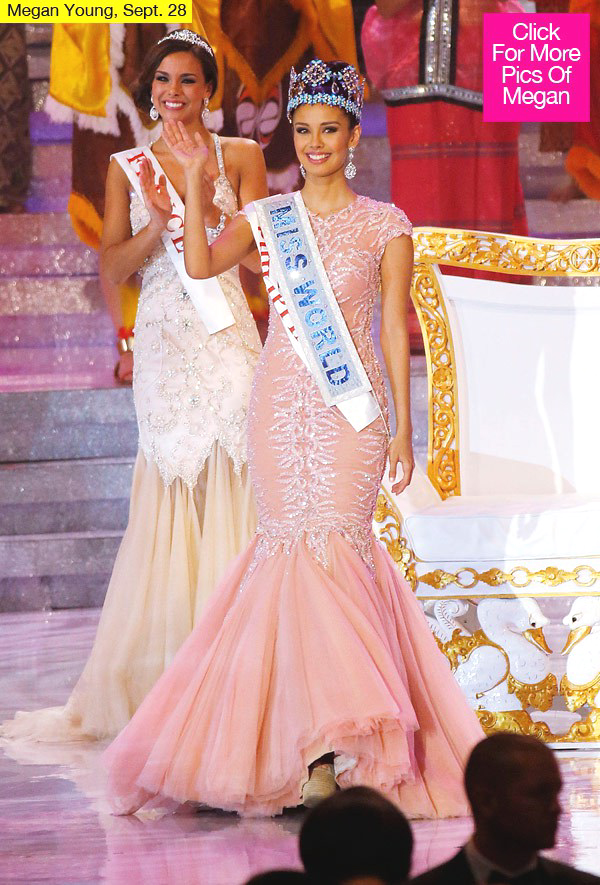
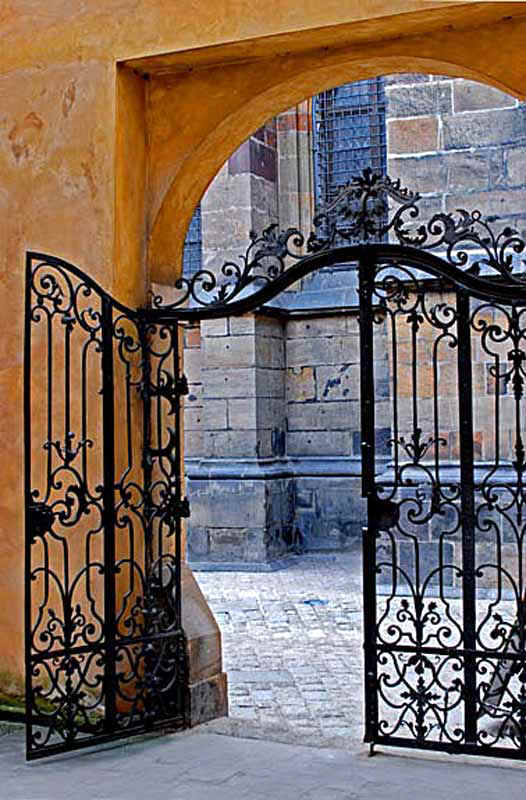




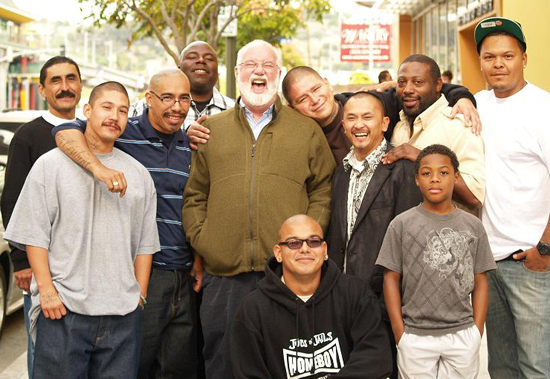
 The
ConnectOC Blog is a place for sharing insight, information and examples
of how Orange County residents, donors and nonprofits are working to
build a brighter, stronger, more vibrant community.
The
ConnectOC Blog is a place for sharing insight, information and examples
of how Orange County residents, donors and nonprofits are working to
build a brighter, stronger, more vibrant community.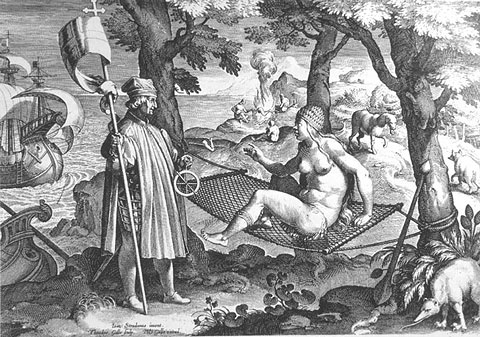
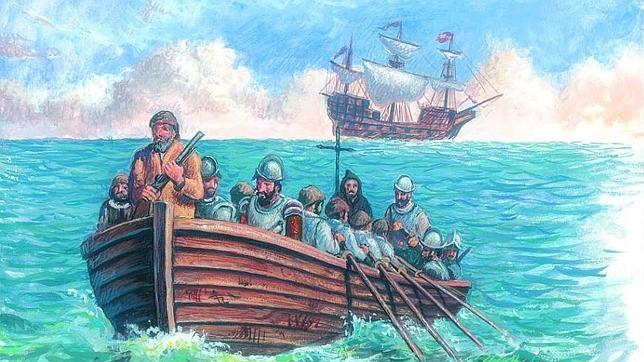
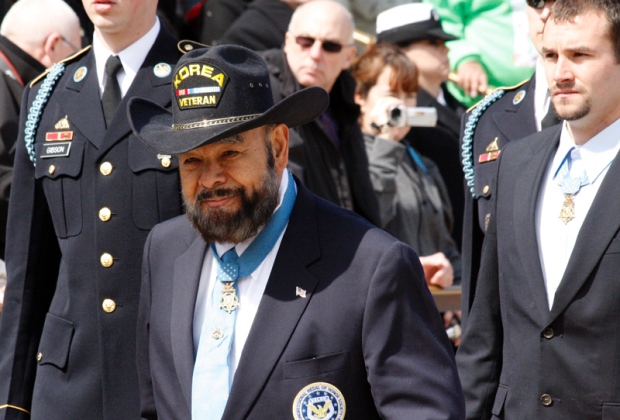
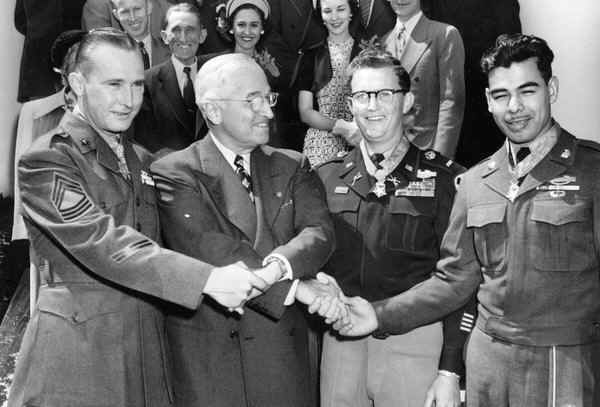
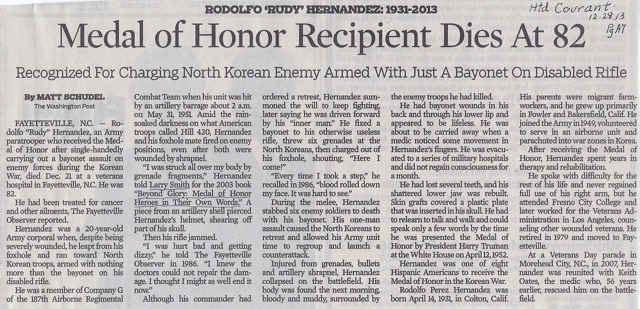
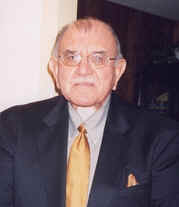
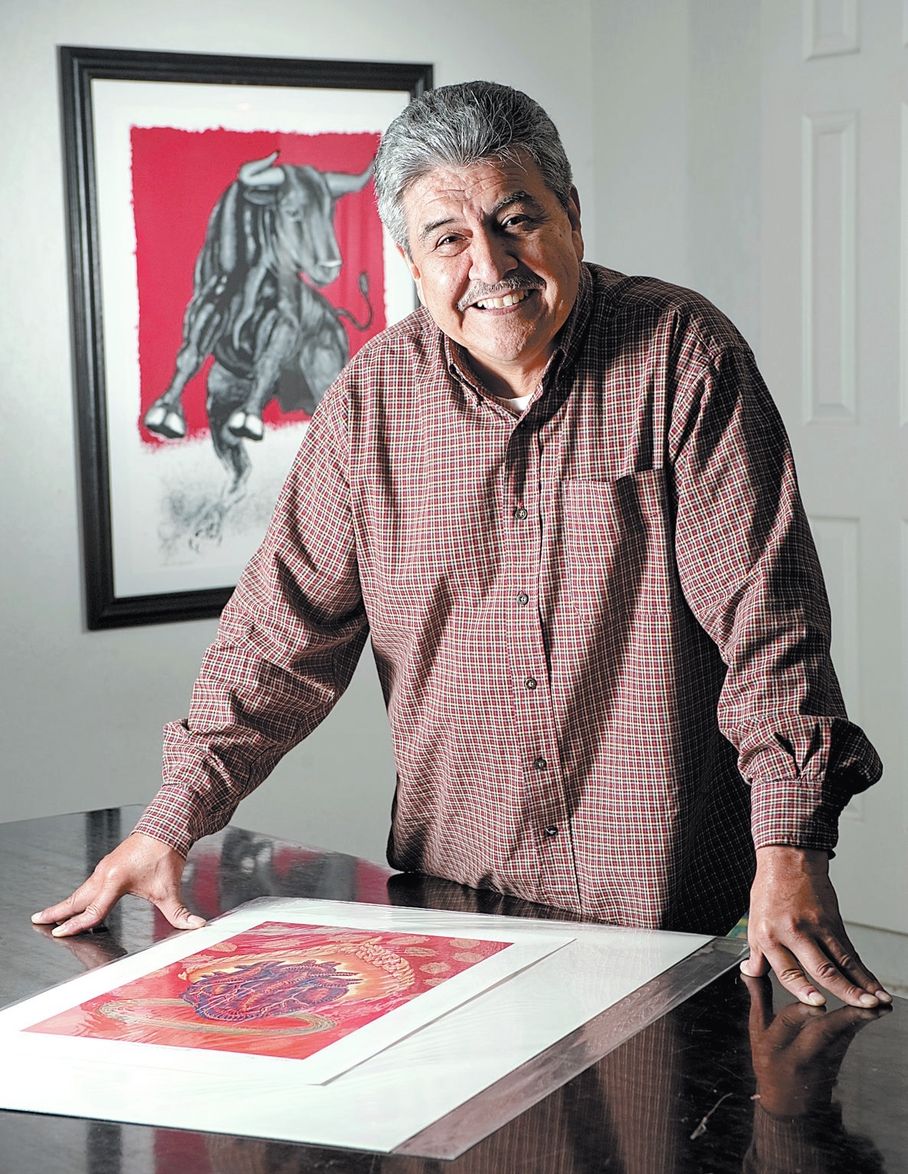
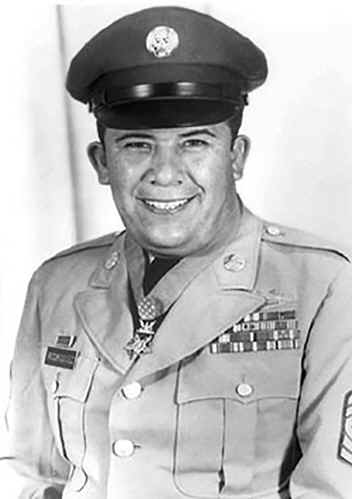
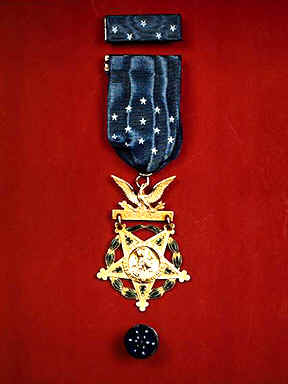
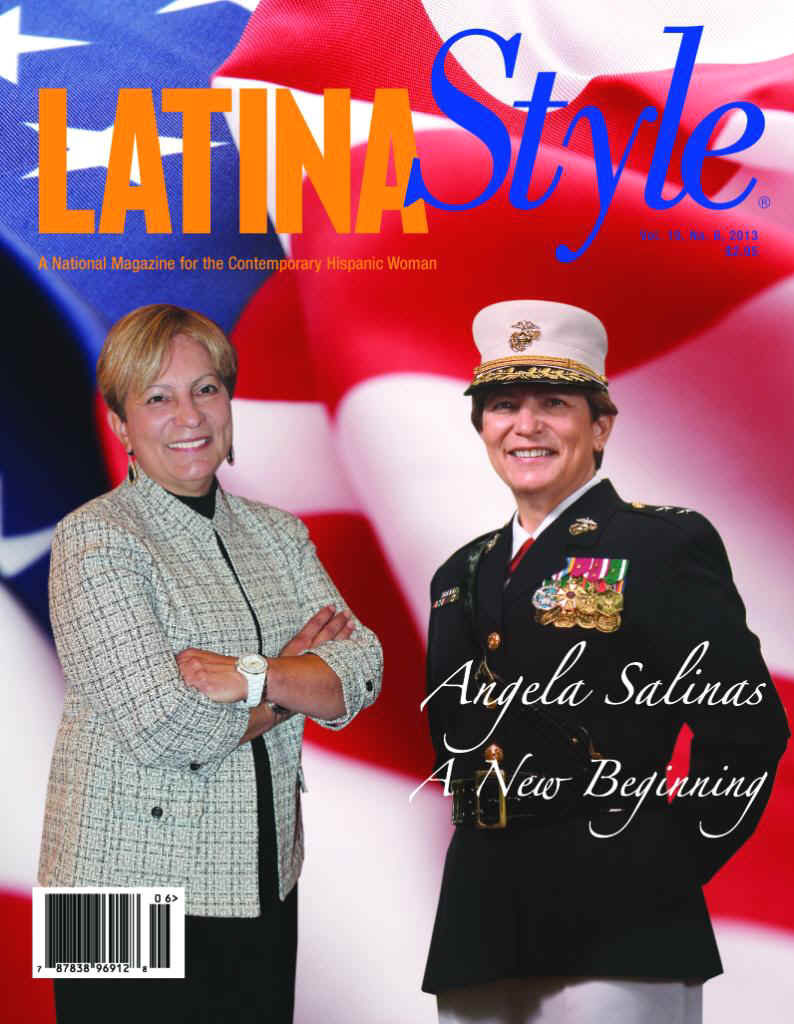
 This does not include non-commissioned officers, like sergeants and
naval petty officers. Nor does it go very deep into military history.
The interest is mainly in the logical system and how this has developed
historically.
This does not include non-commissioned officers, like sergeants and
naval petty officers. Nor does it go very deep into military history.
The interest is mainly in the logical system and how this has developed
historically. 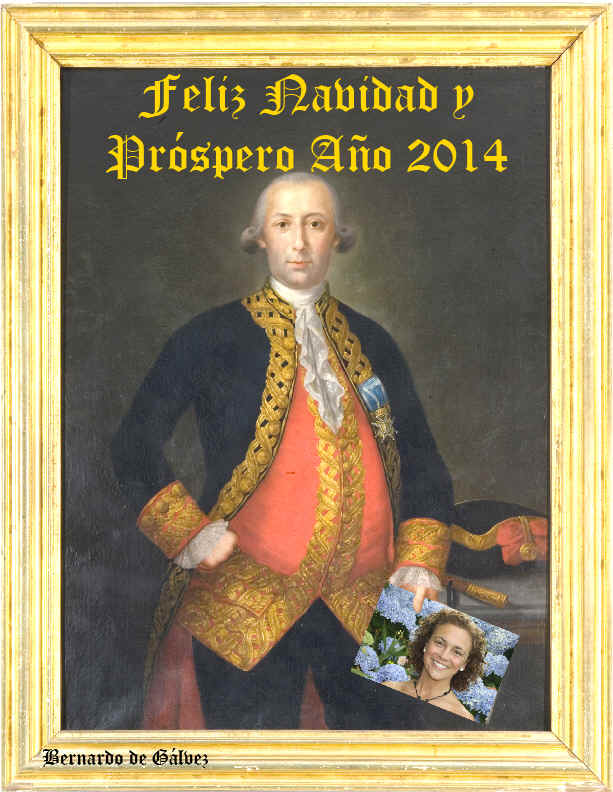

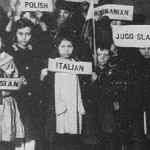
 method
where the voluntary and motivating practices of bilingualism are
used to teach children English in a constructive and positive
manner will produce much more academic progress as well as an
eventual increase in mutual respect and unity among ethnic groups.
Future bilingual children enthusiastically learning two
languages.
method
where the voluntary and motivating practices of bilingualism are
used to teach children English in a constructive and positive
manner will produce much more academic progress as well as an
eventual increase in mutual respect and unity among ethnic groups.
Future bilingual children enthusiastically learning two
languages.
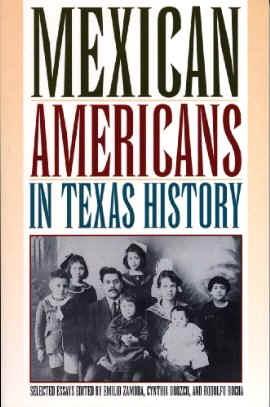
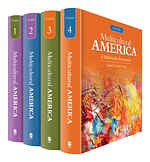 This comprehensive title is among the first to
extensively use newly released 2010 U.S. Census data to examine
multiculturalism today and tomorrow in America. This distinction is
important considering the following NPR report by Eyder Peralta:
“Based on the first national numbers released by the Census Bureau,
the AP reports that minorities account for 90 percent of the total U.S.
growth since 2000, due to immigration and higher birth rates for
Latinos.” According to John Logan, a Brown University sociologist who
has analyzed most of the census figures, “The futures of most
metropolitan areas in the country are contingent on how attractive they
are to Hispanic and Asian populations.” Both non-Hispanic whites and
blacks are getting older as a group. “These groups are tending to fade
out,” he added. Another demographer, William H. Frey with the
Brookings Institution, told The Washington Post that this has been a
pivotal decade. “We’re pivoting from a white-black-dominated
American population to one that is multiracial and multicultural.”
This comprehensive title is among the first to
extensively use newly released 2010 U.S. Census data to examine
multiculturalism today and tomorrow in America. This distinction is
important considering the following NPR report by Eyder Peralta:
“Based on the first national numbers released by the Census Bureau,
the AP reports that minorities account for 90 percent of the total U.S.
growth since 2000, due to immigration and higher birth rates for
Latinos.” According to John Logan, a Brown University sociologist who
has analyzed most of the census figures, “The futures of most
metropolitan areas in the country are contingent on how attractive they
are to Hispanic and Asian populations.” Both non-Hispanic whites and
blacks are getting older as a group. “These groups are tending to fade
out,” he added. Another demographer, William H. Frey with the
Brookings Institution, told The Washington Post that this has been a
pivotal decade. “We’re pivoting from a white-black-dominated
American population to one that is multiracial and multicultural.”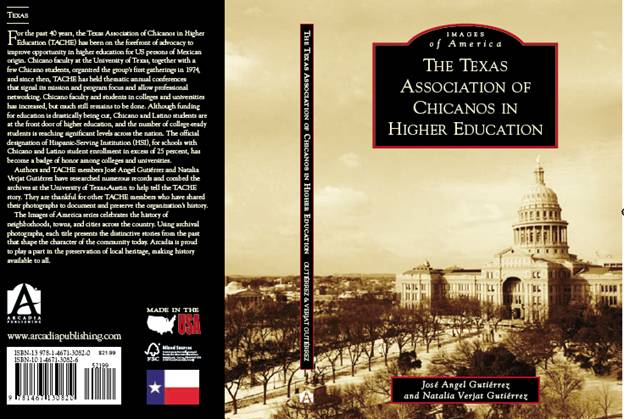
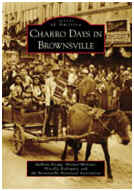
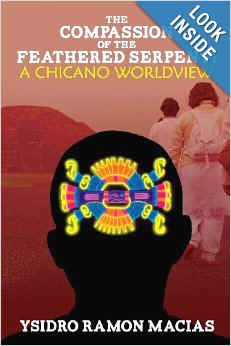
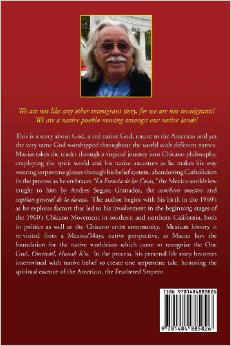

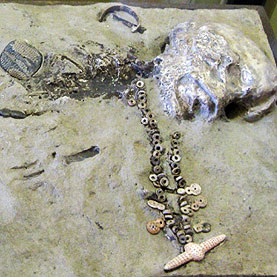
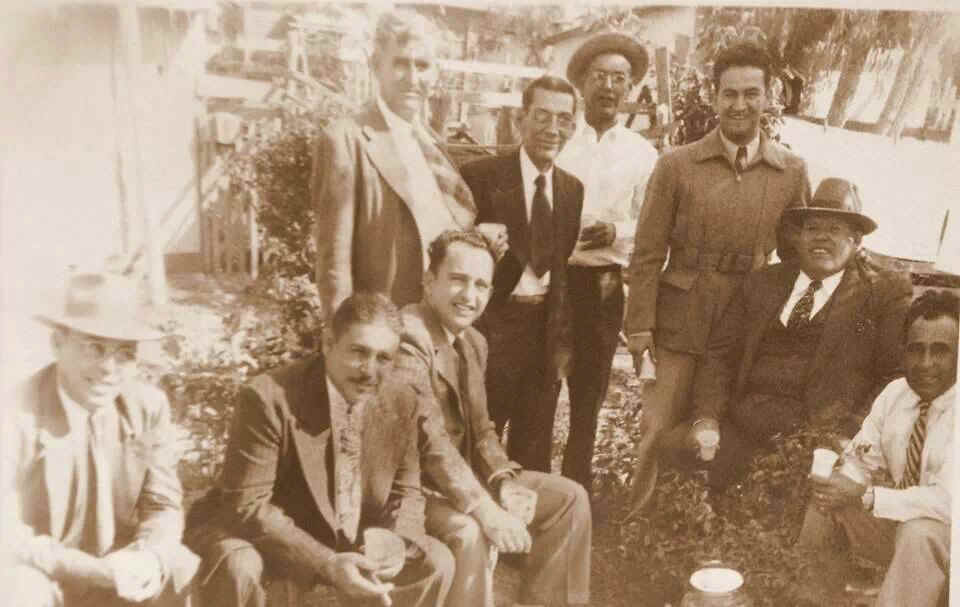
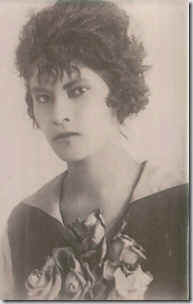 On
a Saturday night in December 2011, Marge Vallazza walked
past her spinet piano whereon were various family photos.
Her eyes were drawn to a photograph of her Abuelita, her
grandmother. Marge was but six years old when her Abuelita
Altagracia Gonzalez had died. She picked up the photograph
and spoke to her Abuelita, “I wish I knew more about you!
I wish I'd known you better.”
On
a Saturday night in December 2011, Marge Vallazza walked
past her spinet piano whereon were various family photos.
Her eyes were drawn to a photograph of her Abuelita, her
grandmother. Marge was but six years old when her Abuelita
Altagracia Gonzalez had died. She picked up the photograph
and spoke to her Abuelita, “I wish I knew more about you!
I wish I'd known you better.”


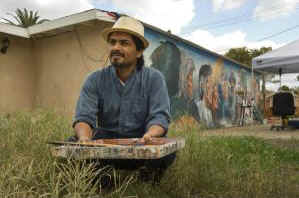

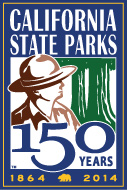
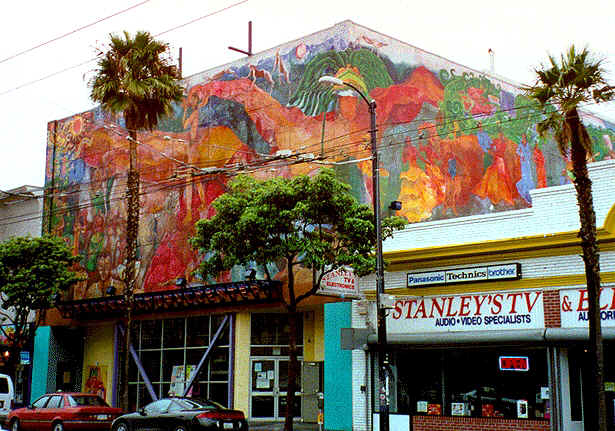
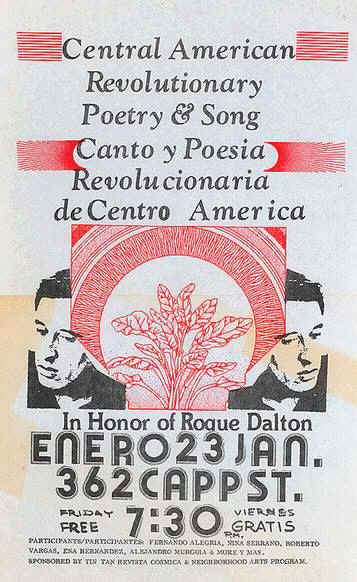
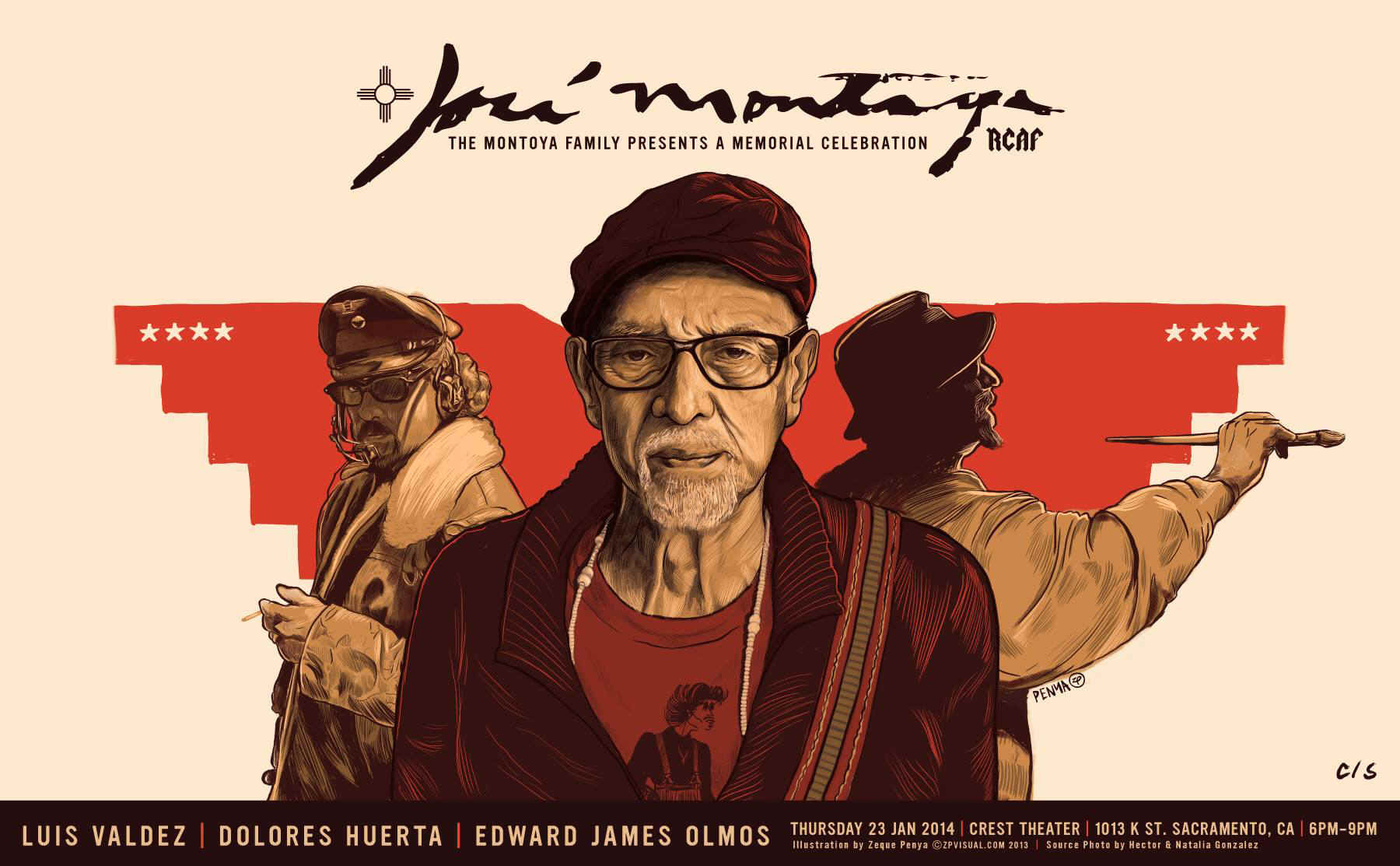
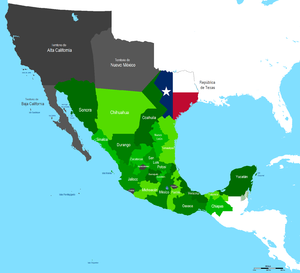
 Napoleon III refused to recognize the Confederacy, but he was
grateful for its acquiescence to his Mexican scheme. In 1863 he
personally approved of the transshipment of 20,000 Enfield rifles and
other munitions across the border from Mexico into Texas. The war
materiel flowing into Texas from French-occupied Mexico played a key
role in the ability of the Lone Star State to defend itself after the
fall of Vicksburg in July 1863 isolated states west of the Mississippi
River from the rest of the Confederacy.
Napoleon III refused to recognize the Confederacy, but he was
grateful for its acquiescence to his Mexican scheme. In 1863 he
personally approved of the transshipment of 20,000 Enfield rifles and
other munitions across the border from Mexico into Texas. The war
materiel flowing into Texas from French-occupied Mexico played a key
role in the ability of the Lone Star State to defend itself after the
fall of Vicksburg in July 1863 isolated states west of the Mississippi
River from the rest of the Confederacy.